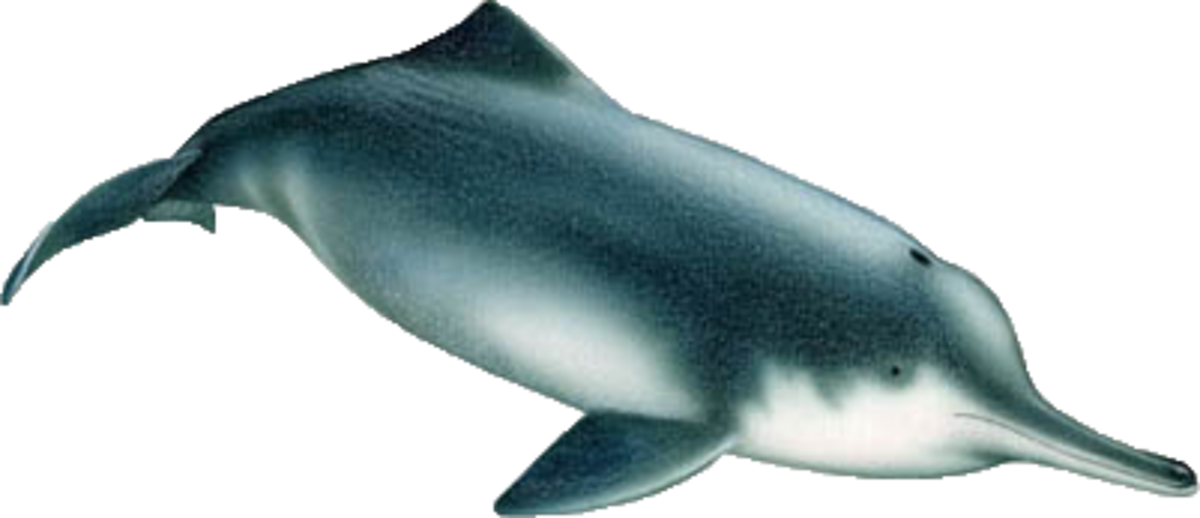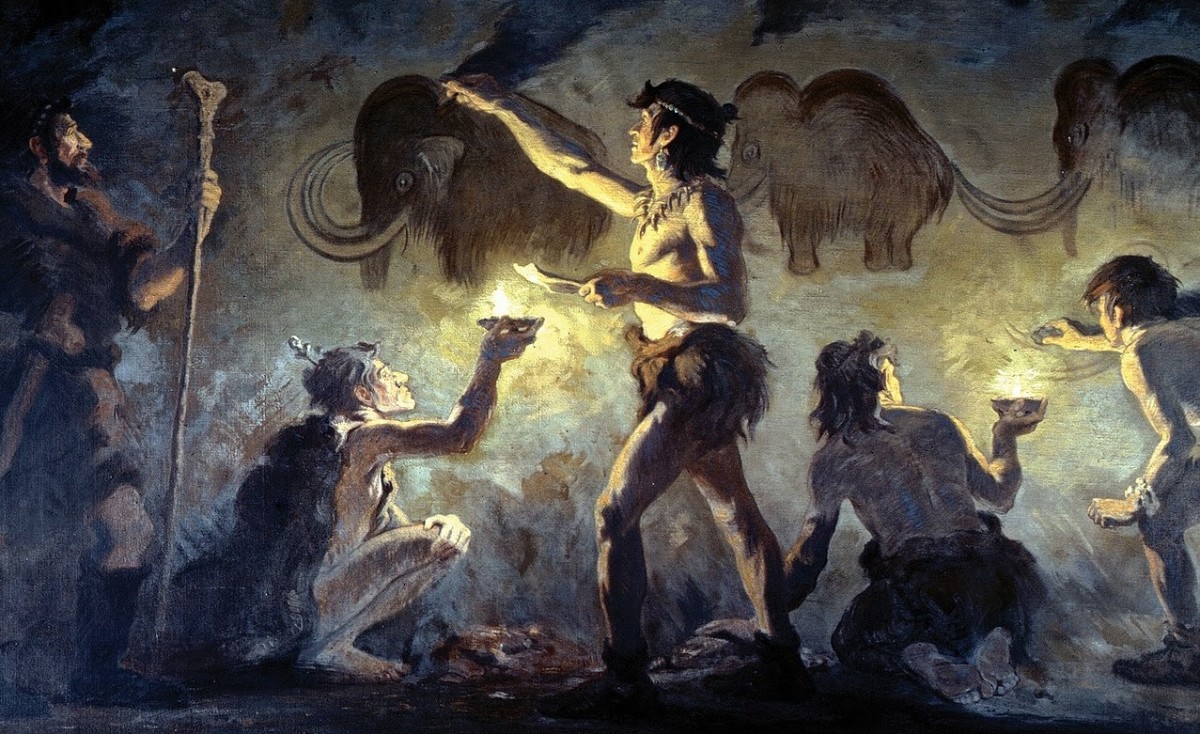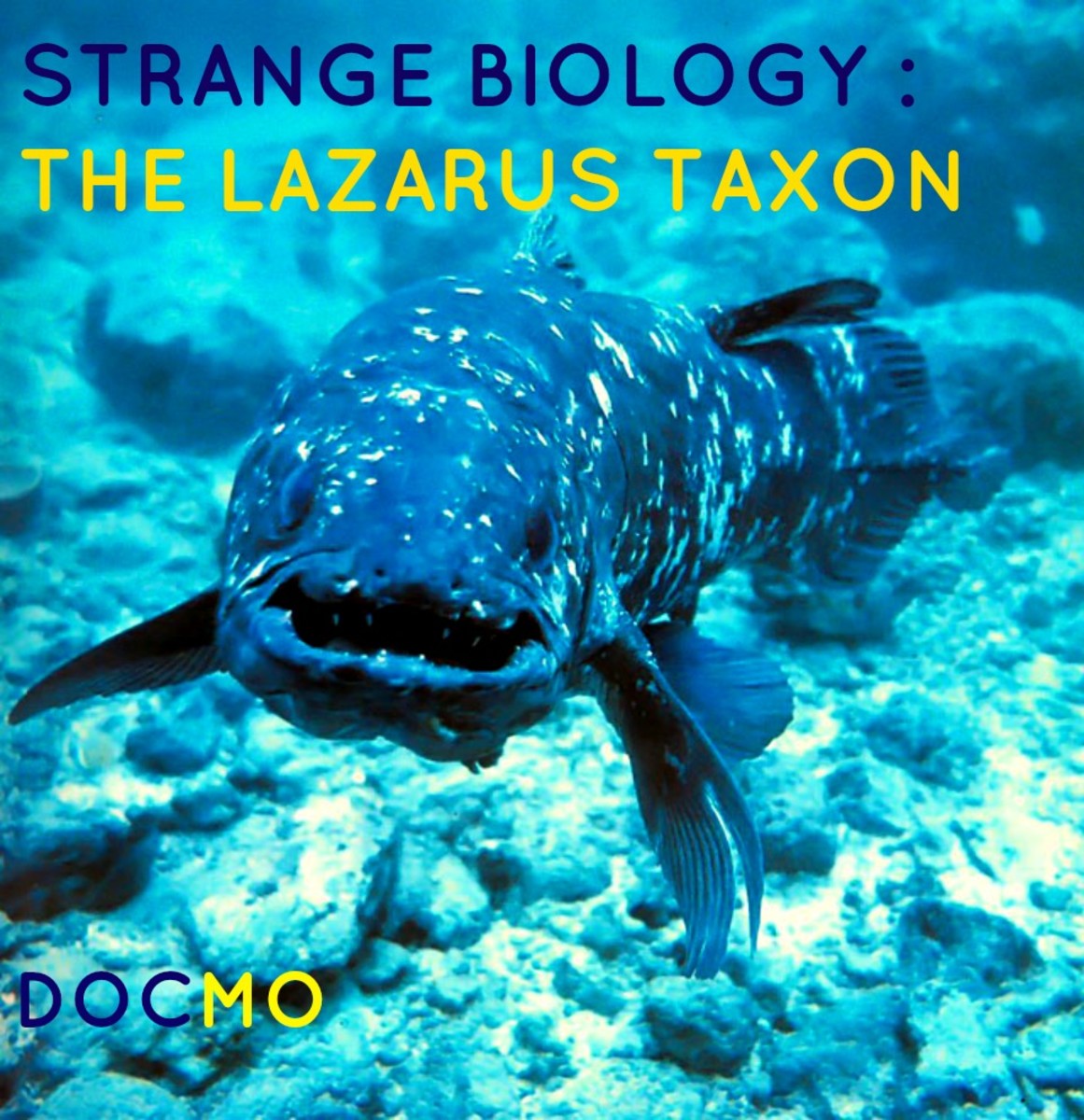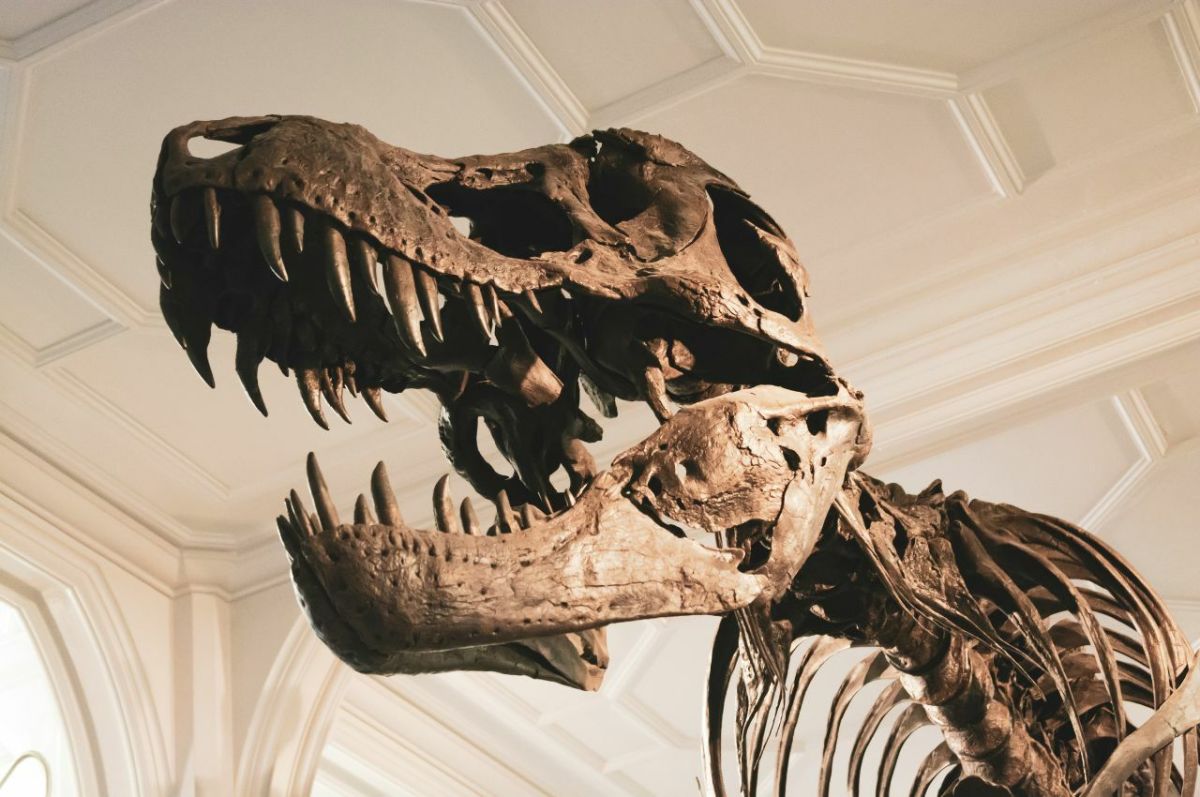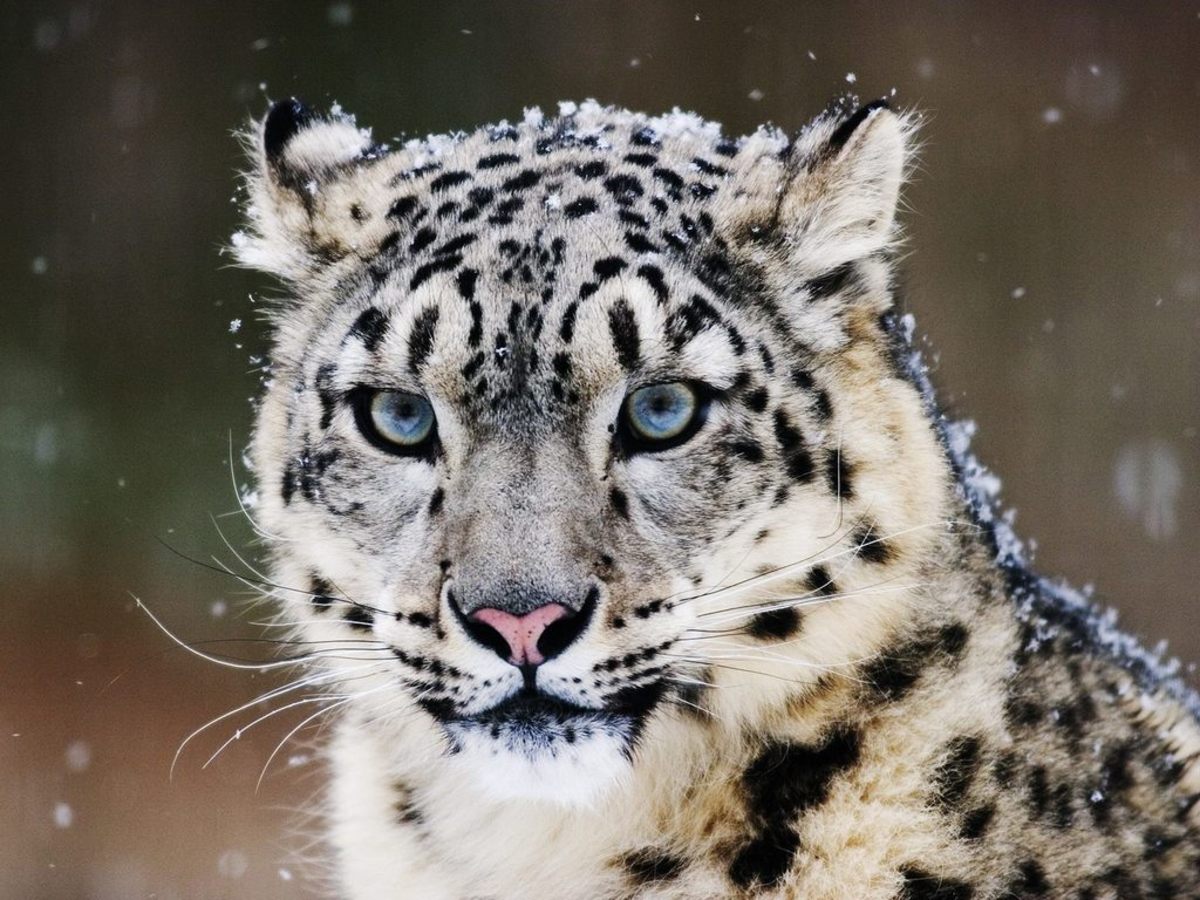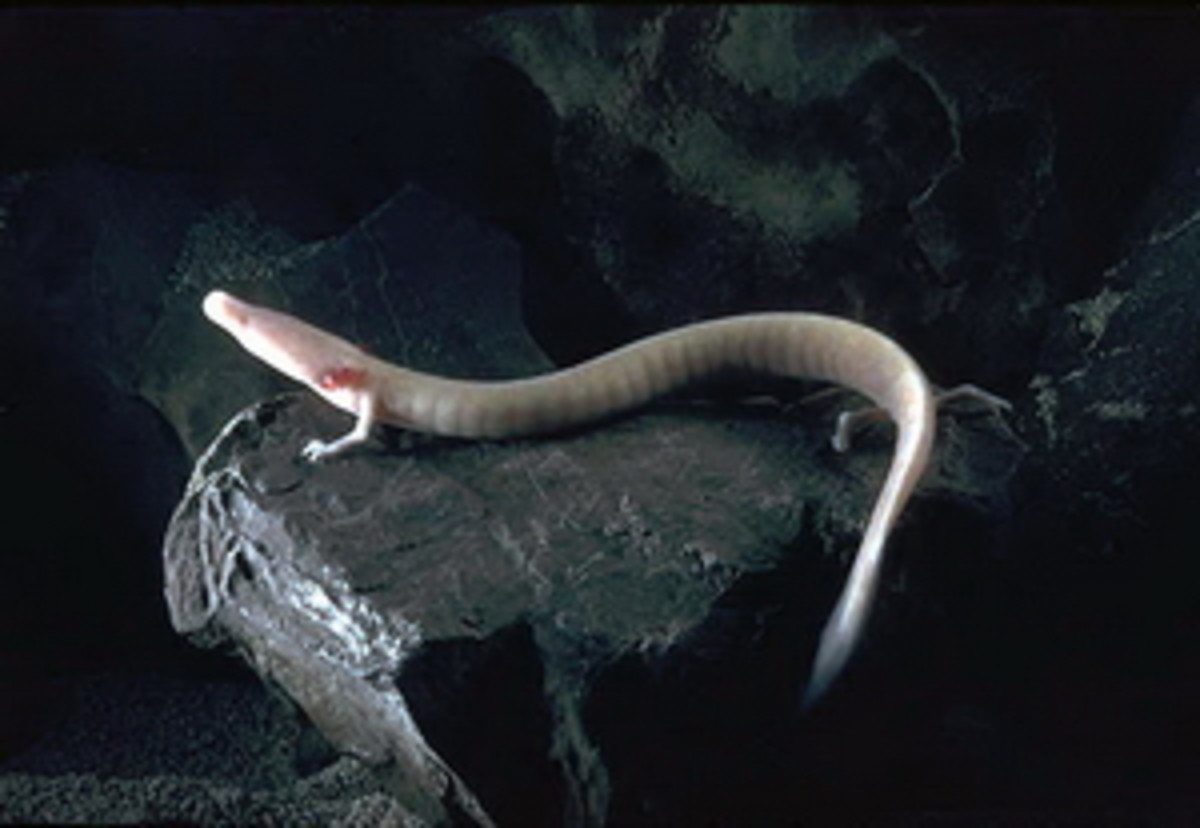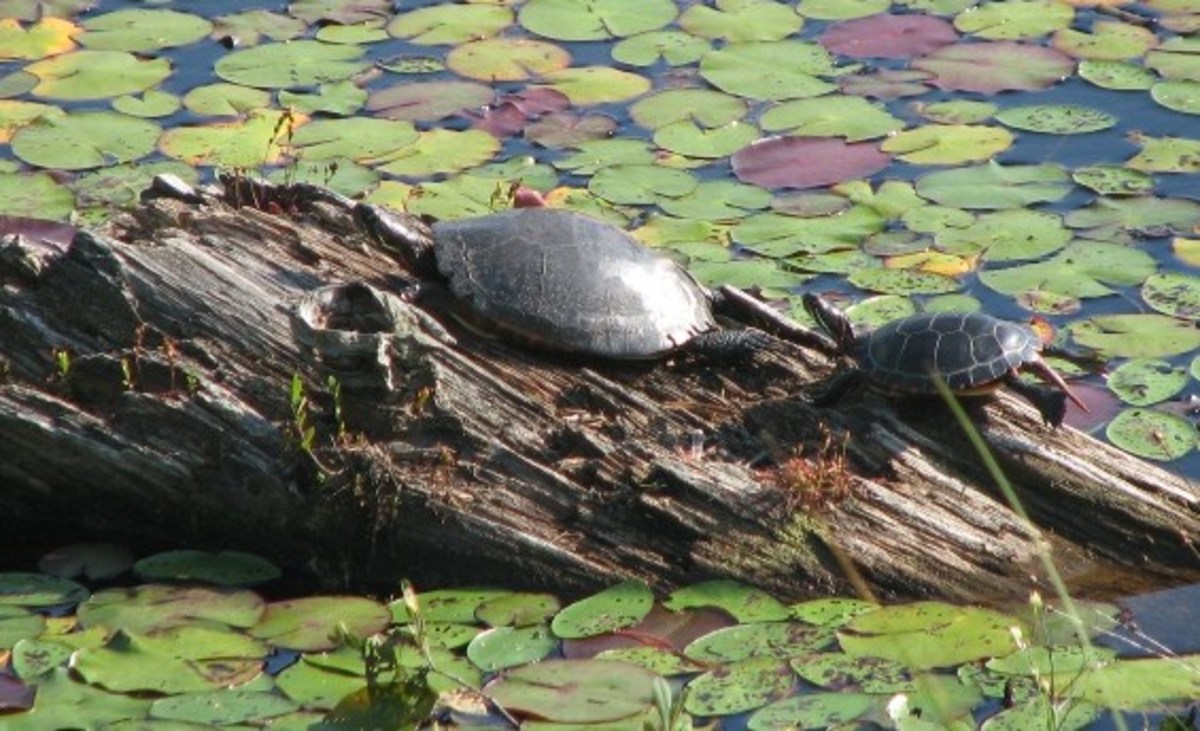- HubPages»
- Education and Science»
- Life Sciences»
- Endangered Species
The Un-extinct
Most animal considered extinct, are gone for good. But on rare occasions species thought to be totally wiped out are found to be hanging on in some remote or inaccessible location.
So while extinction is usually forever, sometimes we are given the most fleeting of second chances. The questions is, can we take advantage of them, or are they simply footnotes to a story of inevitable destruction?

Bornean Bay Cat (2003-2010)
The Bornean Bay Cat (Pardofelis badia or Catopuma badia) of Malaysia is about the size of a domestic kitty cat. Most of the information on this cat was derived from a small number of pelts and skulls, one rather badly mounted in a primate-like pose.
It had been thought extinct since the most recent known sighting was from 2003. However in 2010 camera traps captured pictures of three individuals of this species in a remote park. The area in which they were recorded is under threat from largely uncontrolled logging activity. So this might be one last fleeting glimpse of these beautiful felines.
And this was not the first time the Bornean Bay Cat became unextinct. It had been previously declared extinct in 1928, but then a live female was captured in 1994.
Sunquist, Mel, Charles Leh, Daphne M. Hills, and Rajanathan Rajaratnam. "Rediscovery of the Bornean bay cat." Oryx 28, no. 01 (1994): 67-70.
Baiji Dolphin (2006-2007)
The small pink Baiji or Yantzee River Dolphin (Lipotes vexillifer) existed only in very small numbers, Rumors of its extinction in 2006 proved to be slightly over-stated. However they have not been sighted again since that time and so may be extinct all over again. The amazing Amazon River dolphin is also under threat, as are many other species of freshwater dolphins.
The Baiji dolphin's environment is severely degraded and loss of genetic variability may have made any remaining animals less resilient. For these reasons scientist consider the species "functionally extinct"--meaning that even if some individuals remain alive the species probably cannot be saved.
Zhou, Xuming, Fengming Sun, Shixia Xu, Guangyi Fan, Kangli Zhu, Xin Liu, Yuan Chen et al. "Baiji genomes reveal low genetic variability and new insights into secondary aquatic adaptations." Nature communications 4 (2013).
Rosser's Sac Spider (2000-2010)
This English spider species was discovered in the 1950, but no specimens had been documented since 2000. A new population was discovered in Cambridgeshire and to protect their ongoing existence some spiders were captured for breeding program..
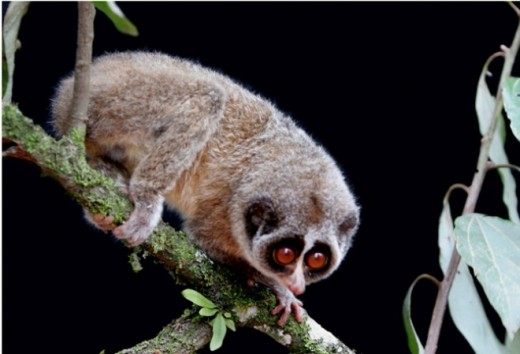
Horton Plains Slender Loris (1939-2002)
The Horton Plains slender loris was not sighted for most of the last century. An unconfirmed sighting in Sri Lanka in 2002 lead to an expedition that capture the loris on camera. Very little of the loris's natural forest habitat still exists. Isolated specimens continue to be sighted but the overall population must be very small.
Saint Lucia racer (1936-1975)
A snake called the Saint Lucia racer was declared extinct after being wiped out by introduced mongooses, but a small population were found on an island. Every snake was micro-chipped and carefully tracked. Even today there may be less than 20 of these snakes alive.
Quagga (1883-?)
The quagga was a form of zebra with a plain brown body. Whether or not it is extinct today depends on your point of view. because there was a degree of interbreeding between zebra species the "quagga project" was launched to try and selectively breed intermediate looking zebra to re-derive the quagga. The project began in 1987 and has already developed animals that appear about half way between the striped plains zebra and the quagga.
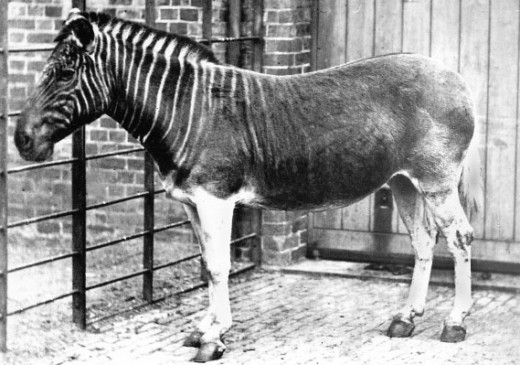
Mahoenui Weta (?-1962)
In New Zealand, which is host to only one small bat and no other mammals, is inhabited by dozens of species of large insects called wetas. The Mahoenui weta was thought extinct until a group were found in a farm paddock overrun by gorse plants and goats. Conservation staff are now trying to establish populations in other areas to improve chances of the species' long term survival.
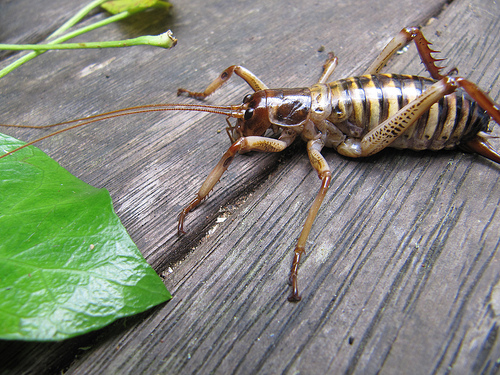
Coelacanth (?-1938)
The coelacanth is a very ancient type of fish that has existed in essentially the same form since the age of the dinosaurs. It may hold tthe record of being thought extinct for te longest period of time. Known from the fossil record the species was considered to have been extinct for as long as humans have been around, until a living example was caught of South Africa and documented by a drawing in 1938, before being preserved by taxidermy (see right). In 1997 and 1998 another population was discovered near Indonesia.
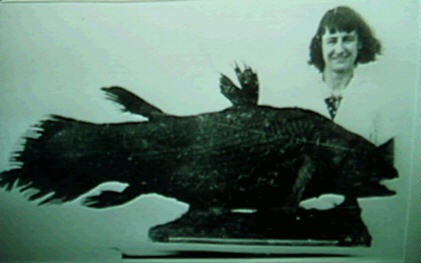
Not Really Extinct
Sierra Nevada Red Fox
A camera trap confirmed the existence of the Sierra Red Fox in California (United States), last sighted in the early 1920. Some reports suggested that the fox had been thought extinct, however there were other--albeit very small--populations known to exist throughout this period.
The Future
Some even thing that species who are extinct may one day be able to be reconstituted using deceased samples from museums. Some question whether all species should be brought back even if it became possible, because it is more important to keep the ecology of habitats balanced than to keep every species in existence. But even they are hopeful that somehow both goals can be achieved in a responsible program of what they call "de-extinction".

